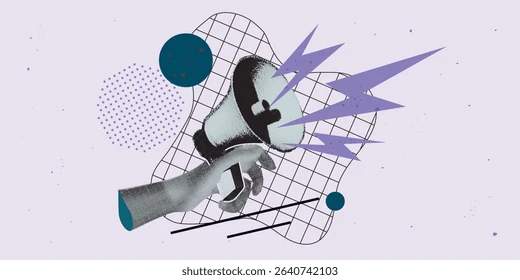
Viral and Trending: Understanding What Captures the World’s Attention
In the digital age, content can reach millions within hours. A single tweet, video, or meme can dominate conversations across social media, news platforms, and even traditional media outlets. This phenomenon—commonly referred to as something going “viral”—has transformed how information, trends, and entertainment spread. But what exactly makes something go viral? Why do some trends catch fire while others fade into obscurity? And how can creators and brands harness this power?
This article explores the nature of viral and trending content, what drives it, and its impact on culture, business, and society.
What Does It Mean to Go Viral?
To “go viral” means that a piece of content—whether a video, image, hashtag, or idea—spreads rapidly across the internet, usually through social sharing. Viral content often gains traction without paid promotion and relies on users to organically share it with their networks.
A “trend,” on the other hand, refers to content or topics that become popular for a period of time. It can be a dance challenge, a fashion style, a phrase, or a type of video format (like “day-in-my-life” vlogs). Trends may originate from viral content but don’t always have to.
What Makes Content Go Viral?
While there’s no guaranteed formula for virality, several key elements consistently appear in viral content:
1. Emotional Impact
Content that evokes strong emotions—laughter, shock, anger, awe, or inspiration—tends to be shared more. People are more likely to share something that makes them feel something deeply.
2. Relatability
When users see themselves or their experiences reflected in a post, they’re more inclined to engage. Memes, for example, often go viral because they capture everyday thoughts or frustrations in a humorous way.
3. Timing and Relevance
Tapping into current events, trending topics, or cultural moments increases the chance of content being seen and shared. Platforms like Twitter and TikTok thrive on real-time trends.
4. Simplicity and Shareability
The easier a message is to understand and share, the more likely it is to spread. Simple language, short videos, and catchy visuals all contribute to higher shareability.
5. Unexpected or Novel Content
Surprising or highly original content stands out. When something feels “fresh” or new, it captures attention faster.
Platforms That Fuel Virality
Different platforms have different strengths when it comes to viral and trending content:
-
TikTok: With its algorithm favoring short, creative videos, TikTok has become the leading platform for viral trends—from dances to storytelling challenges.
-
Instagram: Reels and Stories allow quick dissemination of visually appealing content.
-
Twitter (X): Real-time reactions and breaking news make Twitter a hotspot for viral commentary and memes.
-
YouTube: Longer-form content that goes viral often sparks trends, such as viral music videos or challenge formats.
-
Facebook: Though its popularity has declined among younger users, Facebook still drives virality among older audiences and in community-based sharing.
The Role of Influencers and Creators
Influencers often play a central role in launching or amplifying trends. With large, engaged audiences, they can introduce new ideas, products, or memes that quickly gain traction.
Creators who understand platform algorithms, audience behavior, and storytelling often have a better chance at producing viral content. However, unpredictability remains a big part of the equation—sometimes content goes viral for reasons even its creator didn’t expect.
The Double-Edged Sword of Virality
Going viral can bring fame, opportunities, and financial success. Viral products sell out overnight. Unknown artists land record deals. Activists spread awareness to global audiences. But virality also comes with downsides:
-
Short Lifespan: Viral fame often fades fast. If not followed by consistent content or branding, it may be forgotten in days.
-
Unwanted Attention: Sometimes people or businesses go viral for the wrong reasons—mistakes, scandals, or jokes taken out of context.
-
Mental Health Impact: Sudden exposure to millions can be overwhelming, especially for ordinary users not prepared for internet fame.
How Businesses Use Viral Trends
For businesses, viral trends present an opportunity to connect with audiences, boost brand visibility, and drive sales. Brands now regularly participate in trending challenges, memes, or influencer collaborations to stay relevant.
However, authenticity is key. Audiences can quickly tell when a brand is trying too hard or misusing a trend. The most successful viral marketing campaigns feel natural and align with the brand’s identity.
Staying Ahead of the Curve
To stay updated on what’s trending:
-
Monitor platforms like TikTok’s “For You” page or Twitter’s trending section.
-
Use tools like Google Trends, BuzzSumo, or TrendHunter to spot emerging topics.
-
Follow thought leaders and niche communities within your area of interest.
Final Thoughts
Virality and trends shape much of today’s digital culture. While chasing viral success can be thrilling, the most sustainable impact comes from creating content that is authentic, timely, and emotionally resonant. Whether you’re a brand, a content creator, or simply an observer of internet culture, understanding how trends spread can help you navigate—and even influence—the ever-changing online world.

